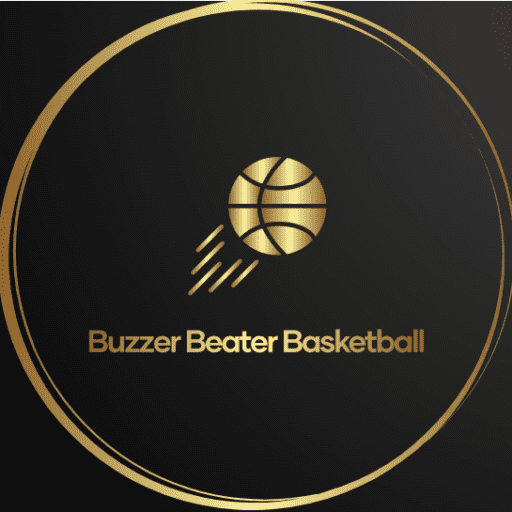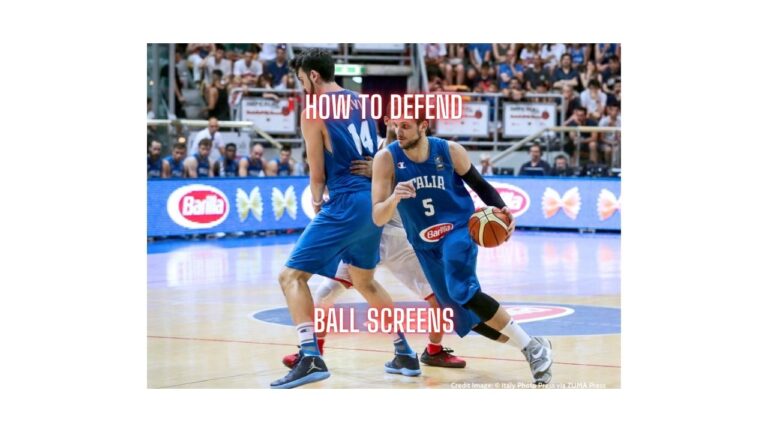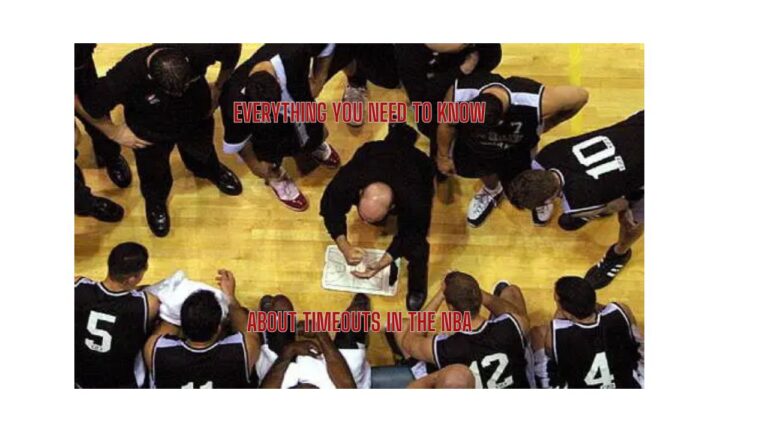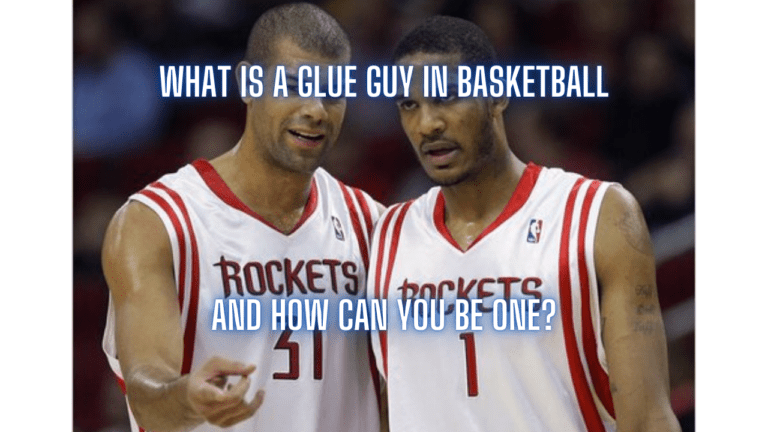10 Tips For Great Ball Movement In Basketball
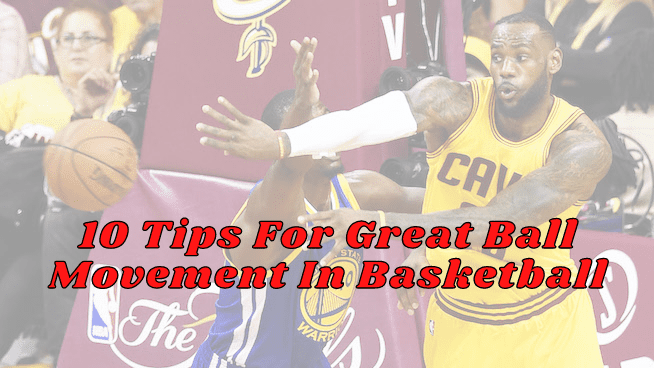
It’s not a surprise that many great teams like San Antonio Spurs and the Golden State Warriors have characteristics that most basketball coaches would love to have in their own team. Great ball movement is one of them, it has been even more important recently as the three-point line was moved back and shooting came to prominence. Nothing gets an open shot better than good crisp ball movement. Today’s teams are trying to integrate this unselfish style of play into their offensive systems and philosophies.
When picking an offensive strategy, the major thing that coaches will look at is if it can help their team get open shots, as having more open shots usually means a better chance of winning. However as any experienced coach or player will tell you, not all offensive tactics provide strong shot opportunities for the personnel they have on their team. Sometimes the result of running an offense can be just an average shot or may in fact not even produce a shot which can usually be attributed to poor ball movement. By having better ball movement your offense will cause the defense to scramble and we all know a thrown ball travels faster than a human running, this will inevitably lead to open shots.
Ball movement can do a lot of constructive things for your offense, such as breaking down defenses, creating mismatches that your players can exploit, and giving you open or lightly contested scoring opportunities. Ball movement also helps players who lack scoring or 1 on 1 ability to get open shots without having to over dribble or work to hard to get them.
#1 Fundamentally Sound Players:
To get the ball to go between teammates on the court, all players need to pass, dribble, and shoot. While this may sound like common sense to everyone reading this many players don’t practice the fundamentals as often as they should. With proper fundamentals in place a player will be able to dribble and pass with either hand which opens up passing, scoring and drive and dish opportunities all of which keep the ball moving. Teach players not to waste their dribbles and to get good at dribbling out of danger or to get a better angle for an entry pass.
#2 Trust In One Another:
A team’s inability to trust one another might limit their ball movement. When teammates don’t trust each other players may become reluctant to pass each other the ball. This could happen because a player has a tendency to shoot tough shots too often which goes against the whole point of moving the ball for an easy shot. It could also just be that a certain player is turnover prone or makes mistakes so teammates choose not to pass to them in crucial moments. The reason behind this is because players want to win and if they don’t trust their teammates their chance of winning decreases greatly. For example If “player A” knows that “player B” is not very good at hitting open shots then they may instead hold the ball too long or shoot a more contested shot themselves. Sometimes “player A’s” will think the team is better off with “player b” not being there at all so they take a poor or contested shot instead of passing to “player B” who is wide open or in a position to put pressure on the opposing defense.. This mindset is the primary reason why many people put the label of ball stopper on some players, coaches need to remember this behaviour all stems from a strong desire to win and need to tame that desire to fit the teams one purpose. When all five players on the court trust one another fully, the ball gets freely shared around and ther player with the best opportunity receives the open shot more times than not.
#3 Coach’s Offensive Philosophy Or System:
The coaches philosophy or offensive system is also a huge factor in how much ball movement a team has. The San Antonio Spurs have numerous examples of great ball movement and no matter what players come and go the movement stays crisp and well oiled, the reason for this is their coach Greg Popovich designs his offense around the strengths of his players and the trends of the league. If coaches want their players to move the ball in the half court freely then coaches also need to let the athletes do it by giving them the freedom to do so. If a basketball coach does not instill confidence in his players to do so, then the coach cannot possibly expect the players to do this on their own. If a coach uses a lot of quick hitter plays and less read and react offensives then players can become mechanical in their movements and thinking only looking for 1 or 2 options. It’s usually best to have a few quick hitter set plays for certain situations and have a more read and react offense for the rest of the game to keep their minds engaged.
#4 Ball Reversals and Hockey Assists:
A common mistake many players make is catching the ball and then immediately going into triple threat and throwing a couple of jab steps at their opponents. This then could lead to them using their dribble or passing to a teammate who is now covered by the defense because time was wasted. Players need to understand that 2 or 3 quick passes that shift the defense almost always give someone a good scoring opportunity. passing from one side of the floor to the other quickly makes every defender have to move and the better your team gets at swinging the ball side to side making the defense scramble and rotate the more plentiful their scoring opportunities will be. Also when defenses have to work so hard to chase the ball they get tired quickly which compromises their defense, makes them more foul prone and can lower their effectiveness on offense. A hockey assist is when a player passes to the player that assists the scorer. I highly encourage any youth coach to keep track of this stat if possible to give your players an incentive to pass the ball quickly regardless of whether they get an assist or not.
#5 Player Movement To Make Passes Easier:
If you want the ball to move then you need to make sure the players are always moving too. Players that just stand still are the easiest to defend and deny the ball. If no one is moving and the ball handler is looking to pass he will have a hard job with the over 4 being smothered by the defenders. You need to teach your players that when a play breaks down players should be moving and cutting into open space while maintaining spacing between themselves. If a player executes a front cut or back cut they just need to remember to always set their man up, by using a combination of speed and direction change to get to their spot. Also make sure they cut with the intent to receive a pass, even if they don’t get passed to the defense has to scramble to account for them which compromises them elsewhere.
#6 Dribble Penetration For Basketball:
There is definitely a significant difference between good and bad dribble penetration in the game of basketball. Bad dribble penetration can lead to many undesirable outcomes such as turnovers, bad shots or a bogged down offense. To ensure your team has good dribble penetration you should teach them to only do it when the defense has compromised themselves and put themselves in an disadvantageous position. One example of this could be a player attacking a defender whos scrambling to close out, another could be penetrating once a defender has jumped on a shot fake. Players in these situations should penetrate with controller aggression whilst looking for the open man. They have to be aggressive to keep the defense guessing and they have to have control so and if they overplay the pass then your players have a layup or short jump shot or vice versa. Often when a player dribble penetrates and kicks the ball out it either leads to an immediate open shot or an open shot thats only one extra pass away.
#7 Screening Action In Basketball:
Teams that have great ball movement always set great screens! These teams understand and prioritize the importance of getting open on and off the ball and they use screens to help shake off those pesky defenders. The best teams will use a variety of different types and angles for screens as each type forces defenders to think and subsuquently react differently.
Screen types include:
-
Down Screen
-
Back Screen
-
Flare Screen
-
Cross Screen
-
Double Screen
-
Staggered Screen
If a player comes off a well executed screen and receives the ball in an open scoring position and they are proficient in that shot then they must shoot it! If they miss they miss and you shouldn’t get angry with them for missing open shots as it makes them disheartended and less likely to keep trying for them out of embarassment. If they do not receive the ball in an immediate scoring position then they need to look for the pass first, if there’s an open teammate pass it and keep the defense scrambling and if there isn’t use your dribble to get into a better passing position. If your player comes off a screen but do not receive the pass from a teammate they should not stand still at the perimeter, what they must do is instead make a cut or screen for one of their other teammates. To do this keep reminding your players that just because they did not receive the ball they can still create opportunities for their teammates.
#8 Inside Out Mentality:
When the an offensive team gets the basketball into the paint defenses are forced to make a decision; collapse and pressure the ball or stay in the passing lanes and give up an easy scoring opportunity. This can happen due to dribble penetration, a pass into the low or high post or a pass to a cutter. Most of the time defenses will collapse to stop the immediate scoring threat, this opens up opportunities for passes to open perimeter or cutting players. Many teams do this well however it only works if your team has the discipline not to shoot at the first opportunity off the initial kick out. This is because often the initial kick out pass isn’t enough to get a player wide open, it usually only produced semi contested looks, by teaching players to make an extra pass after the kick out you will generate more scoring opportunities for your team. A player receiving a kick out pass could also pump fake an overzealous close out from the defender and attack the gap for a scoring opportunity or another pass. By doing this teams will turn good shots into a great shots.
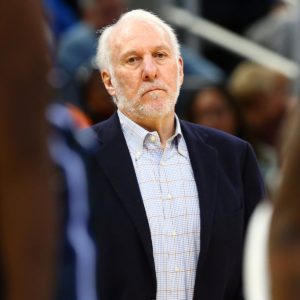
#9 Floor Communication:
Communication is one of the underrated and most important aspects of basketball that applies to almost every facet of the game, this is also true for great ball movement in basketball. Teams that communicate well will find it much easier to move the ball, shift the defense and most importantly score the ball. Communication starts with the coach and usually the point guard, by calling out plays and making sure everyone is in their correct positions to start a play. If people are out of place its harder to move the ball due to inadequate spacing. As well as this your players should be calling out open players for passes, calling for screens and calling out double teams. Teams that do this move the ball much more efficiently and quickly which in basketball is very important. Communication also helps build trust between the players which as we spoke of earlier is very important for great ball movement in basketball. Your players need to develop a “we and not me” way of thinking.
#10 Show Examples and Give Praise:
As with most things in basketball if you want your team to be great at ball movement then they will need to be shown what that looks like. Just as a coach must show and teach proper shooting form they must also show and teach crisp ball movement. This can be done with videos of professional teams and breakdowns of how they move the ball, this can also be done with in training drills and play repetition. Show your players how it benefits them as a whole and how it will make things easier for them to be successful, the best way to appeal to someone is to appeal to their desires after all. And most importantly after applying all of these tips show your players some praise for their improvements, by doing this you encourage them to continue on the path of improvement which will collerate with success down the road. Even if they improve only a small amount of something encourage them and perhaps they will continue getting better.
